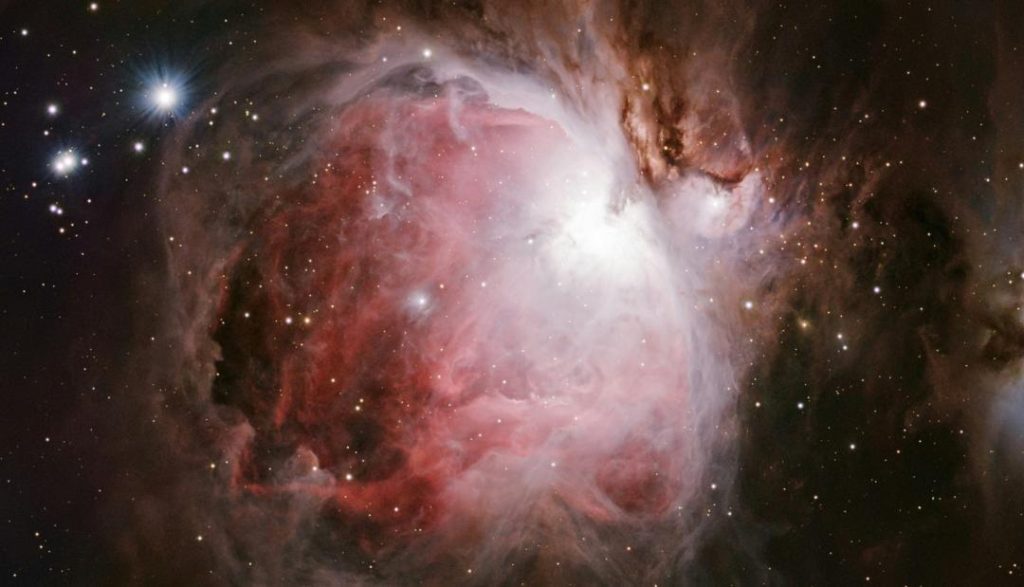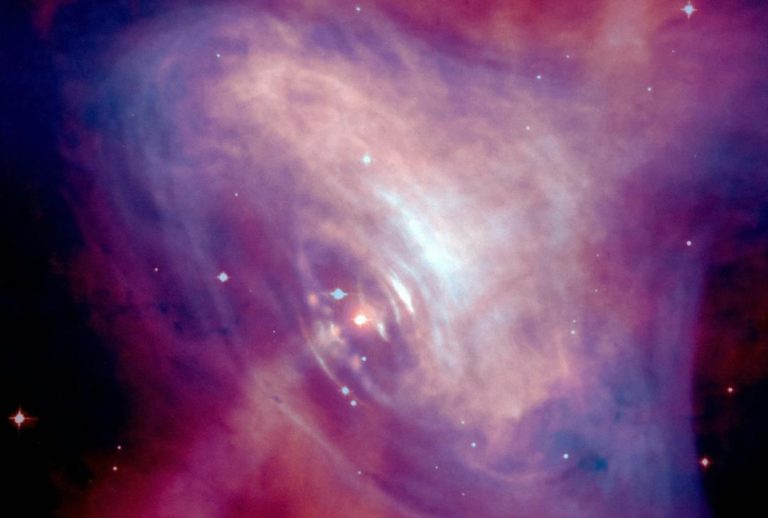
Accretion and Magnetic Interaction: Unraveling the Complex Dynamics of SXP 138
The universe is full of mysteries waiting to be unraveled, and the study of neutron stars is no exception. These incredibly dense objects, formed from the remnants of massive stars, continue to fascinate scientists with their unique properties and behaviors. One such neutron star, SXP 138, has recently been the subject of a groundbreaking study that sheds new light on the complex dynamics of accretion and magnetic interaction within a binary system.
SXP 138, an X-ray binary system, consists of a neutron star and a massive O-type companion star. The neutron star, with its incredibly strong magnetic field, siphons material from its companion, creating a dynamic and complex environment. This material, rich in hydrogen and helium, flows towards the neutron star, where it is accreted onto its surface. The process of accretion, however, is not straightforward, as the magnetic field of the neutron star plays a crucial role in influencing the rate at which material is captured.
The Cosmic Clockwork: Going Haywire
The recent study, published in the journal Nature, reveals that SXP 138’s magnetic field is not as stable as previously thought. Researchers from the University of Cambridge and the Astronomical Institute Anton Pannekoek in the Netherlands used data from the X-ray observatory NuSTAR to study the system’s behavior. They found that the magnetic field of the neutron star is subject to significant variations, which in turn affect the rate of accretion.
These variations can have a profound impact on the system’s dynamics. As the magnetic field changes, the flow of material towards the neutron star is disrupted, leading to changes in the X-ray emission observed by astronomers. This “cosmic clockwork” is far from the stable, predictable behavior we would expect from a binary system. Instead, it is a dynamic, interacting system where the magnetic field plays a key role in shaping the behavior of the neutron star and its companion.
Implications for Pulsar Research
The study of SXP 138 has significant implications for our understanding of pulsars, which are neutron stars that emit electromagnetic radiation in a beam, creating a lighthouse-like effect. Pulsars are incredibly useful tools for astrophysicists, as they can be used to study the properties of matter in extreme environments. However, the complex dynamics of SXP 138 highlight the need for a more nuanced understanding of the processes governing pulsars.
The research also serves as a window into the extreme conditions that shape our universe. Neutron stars, with their incredibly strong magnetic fields and dense matter, are some of the most extreme objects in the universe. By studying systems like SXP 138, scientists can gain insights into the fundamental laws of physics that govern these extreme environments.
Conclusion
The study of SXP 138 is a testament to the incredible complexity and beauty of the universe. The interplay between accretion and magnetic interaction is a delicate dance, with far-reaching implications for our understanding of pulsars and the extreme conditions that shape our universe. As scientists continue to study this cosmic clockwork, they will undoubtedly uncover new secrets and shed light on the mysteries that lie at the heart of the universe.
News Source:
https://researchmatters.in/news/cosmic-clockwork-going-haywire-x-ray-binary-sxp-138-finds-new-study






